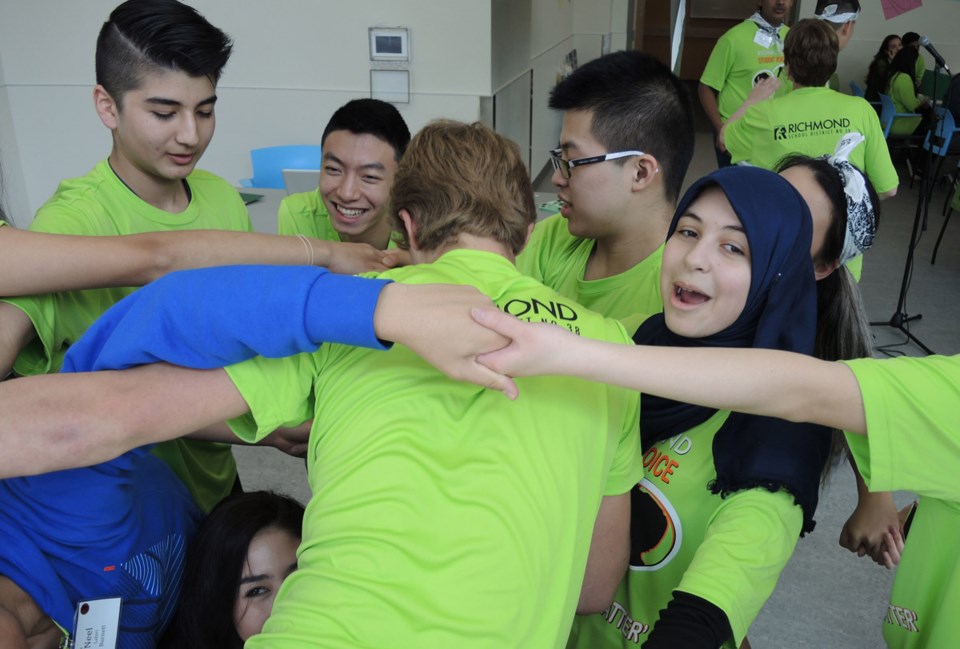Grade 10 Burnett secondary school student Kishoore Ramanathan is a leader among leaders, having helped organize the first Richmond Student Voice Conference April 8 at City Centre Community Centre.
“The overall mood was what I loved there, and there were a lot of positive feelings,” said Ramanathan.
The conference was a follow-up workshop to last October’s provincial B.C. Student Voice Conference, for which Ramanathan also participated in, representing his Richmond School District colleagues.
Conference co-organizer Anne Gillrie-Carre, a district administrator, said student-led conferences help empower youth to envision how they can become participants in the new curriculum — designed, in part, to allow students to focus on their strengths and engage in learning that also teaches others.
Ramanathan expects to participate in more conferences in the years to come, to help adult educators better understand student perspectives.
“You see more students getting involved. For instance, now I’m involved in committees. Students want to know what they’re learning, and they want to choose what they learn,“ said Ramanathan.
Richmond’s conference at the new community centre involved about 130 Grade 10-12 students from across the district and the Richmond City Centre Leadership Program. They participated in fun and engaging leadership activities and brainstormed how to become a better role model in the school community and beyond.
“We’re trying to get student voices heard,” said Ramanathan.
The day-long conference also featured ice-breaker games, a group cha cha slide, and, of course, a healthy lunch with cupcakes at the end.
Notably, feedback from the students will be shared with the Ministry of Education, the district, administrators, school employees and teachers so adults can better understand the needs of students.
Information gained will help form future school policies.
“Seeing the change in how student voices are perceived was positive. Everyone involved in this youth leadership process is very determined,” noted Ramanathan.
Specifically, students also brainstormed and discussed ideas around how the district can better prepare students for post-secondary studies and the work of work, how the schools and community can help support students have a healthy balance in all areas of their personal “wellness wheels” (financial, physical, emotional, social, intellectual, spiritual, environmental, and occupational).



